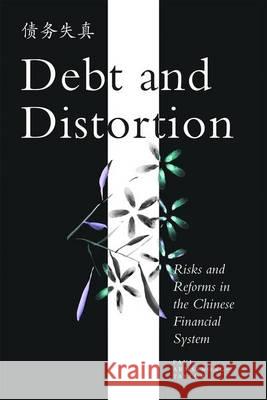Debt and Distortion: Risks and Reforms in the Chinese Financial System » książka
topmenu
Debt and Distortion: Risks and Reforms in the Chinese Financial System
ISBN-13: 9781137534002 / Angielski / Twarda / 2016 / 270 str.
Debt and Distortion: Risks and Reforms in the Chinese Financial System
ISBN-13: 9781137534002 / Angielski / Twarda / 2016 / 270 str.
cena 201,24
(netto: 191,66 VAT: 5%)
Najniższa cena z 30 dni: 192,74
(netto: 191,66 VAT: 5%)
Najniższa cena z 30 dni: 192,74
Termin realizacji zamówienia:
ok. 22 dni roboczych
Bez gwarancji dostawy przed świętami
ok. 22 dni roboczych
Bez gwarancji dostawy przed świętami
Darmowa dostawa!
Kategorie:
Kategorie BISAC:
Wydawca:
Palgrave MacMillan
Język:
Angielski
ISBN-13:
9781137534002
Rok wydania:
2016
Ilość stron:
270
Waga:
0.61 kg
Wymiary:
23.88 x 16.26 x 1.78
Oprawa:
Twarda
Wolumenów:
01











